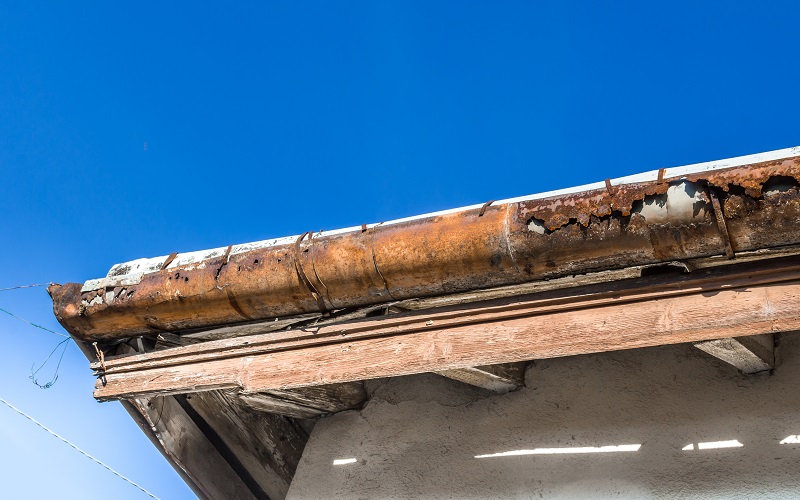I can never stress enough the importance of getting your basement ready for the rainy days. So, before the first drop of rain falls, get your hands dirty and save yourself from future headaches.
Waterproofing Basement Bellevue
An ill-prepared basement is an invitation to dozens of issues. Some examples of these problems would be molds, damaged foundations, and excessive flooding. You can avoid most of these by following these steps that our team of experts has prepared for you:
Clear You Gutters Of Any Debris
Your first defense against rain is your roof. Next to it are your gutters. Gutters are the part of your roof that catch and redirect rainwater for proper disposal. It also protects your home from erosion due to uncontrolled water flow. Gutters also redirect wastewater- that may otherwise enter your basement- as far as possible.
The number one nemesis of gutters is light debris. Leaves, feathers, dust, and animal hair may seem negligible with regards to drainage systems. However, after some time, these small particles can build up and clog even the best-designed gutters.
To prepare your gutters for the rainy season, use a high ladder to inspect them for any debris. You can use a simple stick or garden shovel to scoop up any dirt you find. If possible, flush off any remaining small debris using high-pressure water sprays.
Track Down And Repair Any Leaks
Leaks come in all shapes and sizes. So, when looking for cracks and leaks in your basement, be as meticulous as possible. The first things to look for when tracking down leaks are the large visible fissures on your basement walls. These cracks may pose a significant risk to the stability of your home.
Using high-grade sealants or concrete will be the best approach to address these cracks. Most homeowners are unaware that micro-cracks in their basement walls can be as problematic as any other leakages. Water can enter your basement without you being able to notice it. Fortunately, cracks can be addressed with high-grade sealants.
If you detect any cracks in your basement walls, call a professional to check your home’s stability. The safety of you and your family should always be your number one priority.
Inspect Your Doors And Windows
Doors and windows offer large holes for water from entering your home, which can find its way into your basement. You can address this problem in several ways.
Regularly check your window panes to see if the sealant between your window glass and frames are still effective. If you can find any issues, use ready-to-use silicone sealants to seal any holes.
The large gap beneath your door also provides ample space for water to seep in. Under door sweeps made of rubber can be extremely effective in reducing this issue.
Install A Sump Pump System In Your Basement
Having a backup plan can get you the extra mile in protecting your home once you’ve done everything you can to prepare for the rainy season. For basements, this backup plan comes in the form of sump pump drainage systems.
Sump pump systems primarily consist of two parts, a sump tank, and the actual pump. Its job is to push any wastewater in your basement to ground level. By doing so, your other drainage systems can redirect the wastewater away from your home. Sump pumps are fool-proof systems as they can work with little to no supervision.
Get Professional Help
DIY drainage systems for your home can save you a lot of money. However, we recommend that you get the help of professionals if you wish to make sure that your basement and property are leak-free. Professional waterproofers often have years of training and use state-of-the-art technologies to detect even the smallest leaks in your home.
Here at Perma Dry Waterproofing, we provide one of the best waterproofing services in the Seattle Washington area. You can rely on us to provide you with top-notch customer service and waterproofing for your homes. We offer sump pump installation, interior and exterior drainage services, and more. Click here to learn how we can help you now!

